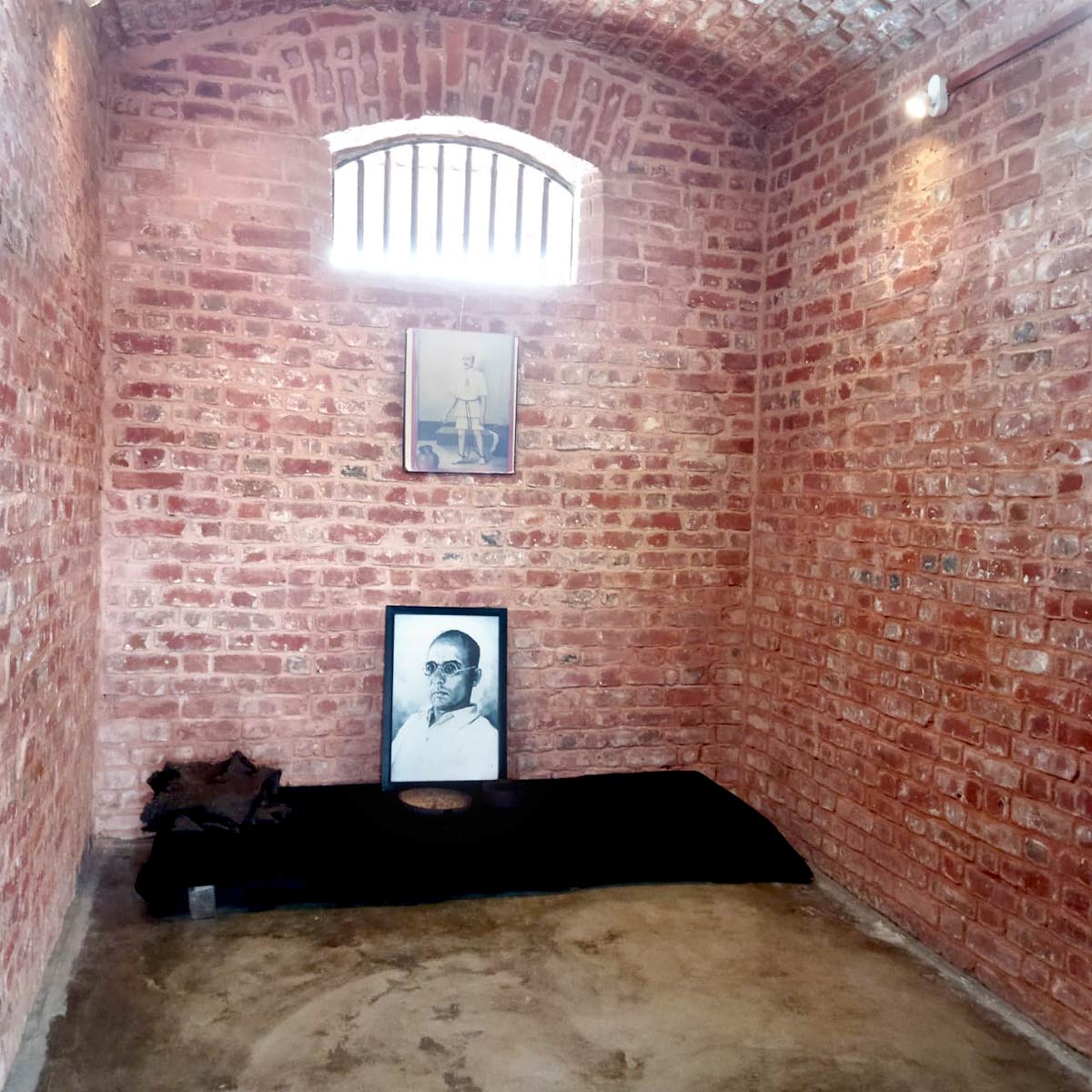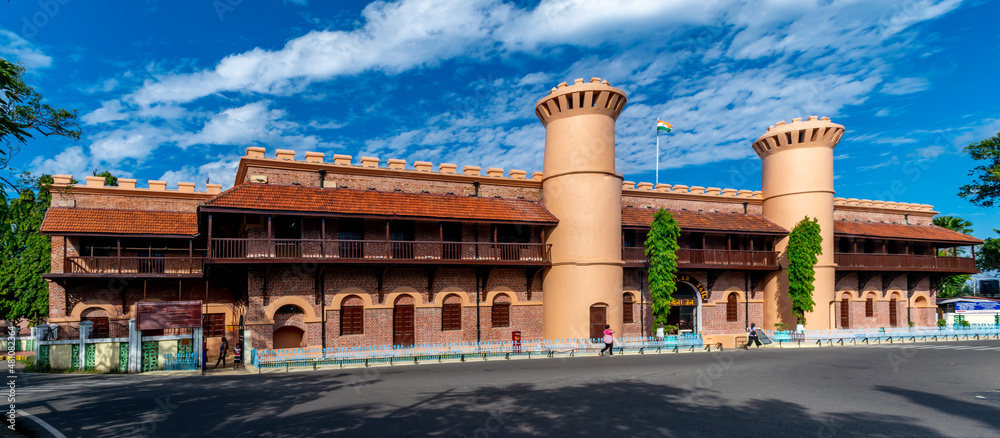 |
| Andaman Cellular Jail |
Baby Chakraborty, KalimNews, September 8, 2024 : The Cellular Jail, infamously known as ‘Kalapani’ or the Black Water, stands as a grim monument to the harsh realities of British colonial rule. Located on the Andaman and Nicobar Islands, this prison became a symbol of the brutal repression faced by Indian freedom fighters during the struggle for independence.
Constructed between 1893 and 1906, the Cellular Jail was established by the British colonial government to house political prisoners and rebels. It was designed as a high-security facility with a distinctive architecture: a three-story structure with seven wings radiating from a central tower, where guards maintained constant surveillance over the inmates. The prison was built using red bricks from Burma and stones from the Andaman Islands.
The origins of the jail can be traced back to the aftermath of the First War of Independence in 1857. Following the uprising, approximately 200 rebels were deported to the Andaman Islands. The British government, in response to the need for a more secure detention facility, decided to construct the Cellular Jail. A two-member committee, led by British royalist Charles James Lall and physician A.S. Lethbridge, visited Port Blair in 1890, leading to the construction of this infamous prison.
 |
| Vinayak Damodar ‘Veer’ Savarkar’s cell at the Cellular Jail in Port Blair |
The jail’s design was based on the Pennsylvania system, which emphasized solitary confinement. Each prisoner was kept in isolation, cut off from all contact with others. The conditions were deplorable: prisoners were subjected to severe physical and psychological torture, including the use of iron rings around their necks and shackles on their legs. The prison’s facilities were primitive, with inadequate sanitation and poor-quality food. Inmates were often chained and handcuffed for extended periods, and many succumbed to the harsh conditions.
The Cellular Jail was notorious for its cruelty and became a symbol of British oppression. Notable freedom fighters, including Batukeshwar Dutt, Ullas Kar, Vinayak Damodar Savarkar, Sachindranath Sanyal, Hare Krishna Konar, Bhai Paranand Singh, Subodh Roy, and Trailokyanath Chakraborty, were imprisoned here. The inhumane conditions endured by these activists highlight the severe repression faced by those who challenged British rule.
Today, the Cellular Jail stands as a poignant reminder of the sacrifices made by India’s freedom fighters. It serves as a historical monument to the brutalities of colonial rule and the indomitable spirit of those who fought for the country’s independence.


